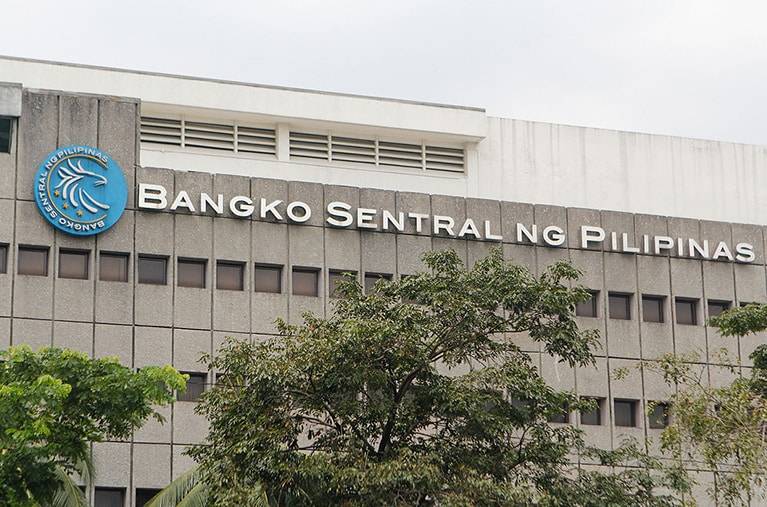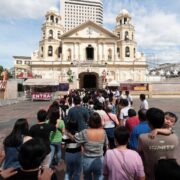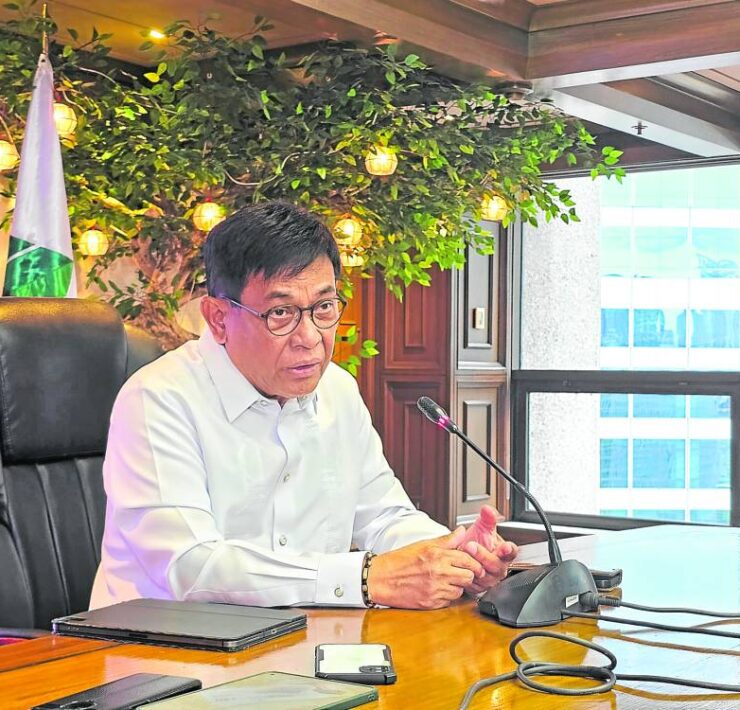‘No surprises’ for the market as BSP starts easing cycle

‘No surprises’ for the market as BSP starts easing cycle On the day the Bangko Sentral ng Pilipinas (BSP) announced its first policy rate cut in almost four years, local equities retreated to below the 6,700 level as anxious investors gauged the central bank’s next moves.
The anxiety is understandable. While rate cuts are typically good for the stock market because cheap credit usually prompts companies—including listed ones—to expand their business, the pace of the BSP’s easing cycle will determine the direction to which the economic ship will sail.
When the knee-jerk reaction faded, the local stock market rallied to the 6,800 level as the decision of the BSP ultimately gave investors hope. But the question remains: How will the central bank go about with the rate cuts?
As expected
The market can find the answer to the clear hints that the BSP had dropped.
At its Aug. 15 policy meeting, the Monetary Board (MB) decided to slash the BSP’s target reverse repurchase rate by 25 basis points (bps) to 6.25 percent.
The decision takes into account the latest government data that showed inflation had quickened to 4.4 percent in July, the first time this year that the growth in prices had breached the central bank’s target range of 2 percent to 4 percent.
The BSP’s action also considers the 6.3-percent year-on-year economic growth in the second quarter—which had been magnified by favorable base effects that masked a struggling consumption.
In a statement, the MB says the BSP will aim for a “calibrated” shift to a less restrictive monetary policy stance.
That means the market can expect a “gradual” easing cycle, Governor Eli Remolona Jr. says as he floats the possibility of another 25-bp reduction either at the Oct . 17 or Dec. 19 rate setting meeting of the MB.
Further cuts
Remolona also says monetary authorities will avoid “off-cycle” decisions that may stoke market fears that the economy is headed for a hard landing.
“To me, it means we’re moving along the path that we expected. There’s no bad surprise [and] there’s no good surprise,” he says.
But Gareth Leather, senior Asia economist at London-based Capital Economics, is more dovish than the consensus.
”Overall, we are expecting a 25-bp cut in the BSP’s two remaining meetings of the year in October and December,” Leather says.
“Although headline inflation rose … last month, we expect inflation to drop back to target in August on the back of beneficial base effects and remain low throughout the rest of the year,” he adds.
For Aris Dacanay, chief economist at HSBC, the tone of the BSP suggests that the easing cycle will be a gradual one “since growth will likely be resilient, driven by a robust labor market.”
“We think the BSP can afford to gradually cut policy rates since nothing terrible is happening in growth,” Dacanay says. “We then expect only 100 bp of policy rate cuts in 2025, bringing the year-end policy rate to 5 percent.”
Robert Carnell, economist at ING Bank, believes that more cuts are coming next year, adding that the BSP might start moving in sync with the US Federal Reserve once the latter begins what is widely expected to be an aggressive easing cycle amid recession fears stateside.
“We see inflation stabilizing around the 3.5-percent level in 2025, so allowing for some positive real [inflation-adjusted] policy rate, a terminal rate for BSP policy rates could be around 4.5 to 5 percent, a further 125-175 bp lower than today,” Carnell says.





















